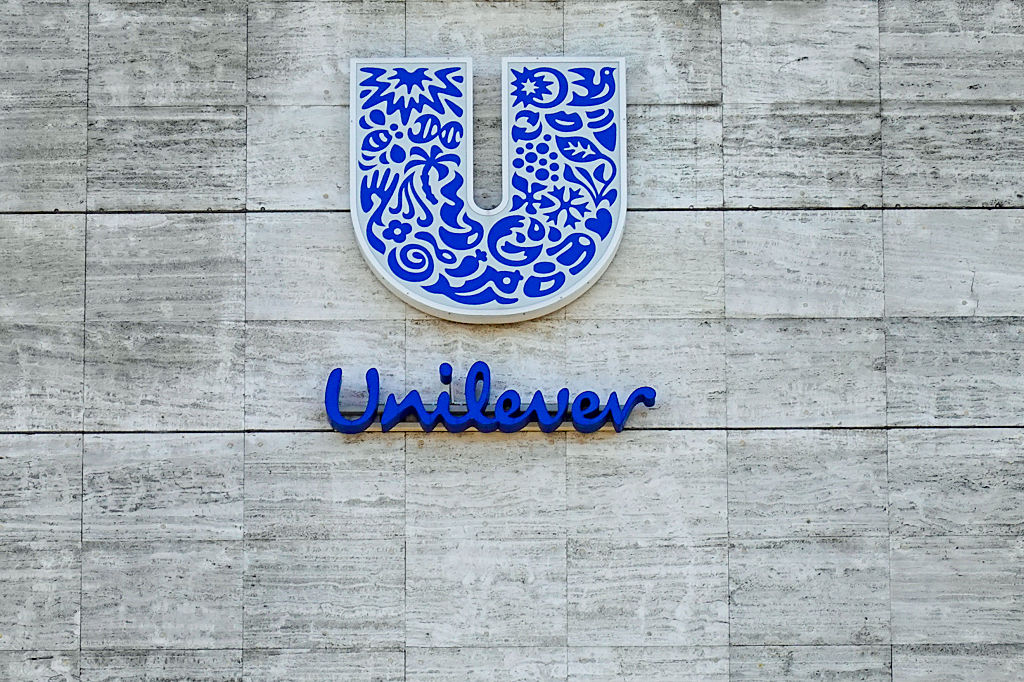The end of the US stockmarket superbubble
The US stockmarket is in its fourth “superbubble” of the last 100 years, says Jeremy Grantham. So what should you do?


Jeremy Grantham, the founder of asset manager GMO, has a long history of leaning towards the bearish side of things. But he also has a long history of being right about bubbles. And today, according to his latest research note released just before this week’s market turmoil, he thinks the US stockmarket is not just in a bubble, but in a “superbubble”.
GMO has done a lot of research into financial market bubbles and has settled on the definition that an investment bubble is a market that has moved more than two standard deviations above its trend mean (for more, see the box below). Now, however, we’ve gone even beyond the “normal” bubble. Instead, says Grantham, the US market specifically is in a “superbubble”, having moved three standard deviations from the trend.
This is the sort of thing that should only happen once ever 100 years. It’s not quite that rare, but Grantham reckons it’s only been seen on five other occasions: US stocks in 1929 and 2000 (the tech bubble); US housing in 2006; plus Japanese stocks, and Japanese property in the late 1980s. “All five of these greatest of all bubbles fell all the way back to the trend.” Grantham notes that if the S&P 500 does the same from here, it could end up dropping to 2,500. Grantham adds that the air began leaking from the bubble last February, which is when the most speculative stocks on the market peaked. For example, Cathie Wood’s ARK Innovation EFT, which invests heavily in such stocks, has halved since then.
MoneyWeek
Subscribe to MoneyWeek today and get your first six magazine issues absolutely FREE

Sign up to Money Morning
Don't miss the latest investment and personal finances news, market analysis, plus money-saving tips with our free twice-daily newsletter
Don't miss the latest investment and personal finances news, market analysis, plus money-saving tips with our free twice-daily newsletter
Inflation isn’t priced in yet
It’s hard to disagree with Grantham’s view that US markets are overvalued. They’ve been that way on almost any measure you care to mention for several years now. GMO also notes that going all the way back to 1925, surges in inflation have “always hurt multiples badly” – in other words, investors become less willing to pay up for stocks. So far (or at least, up until the past week or so) investors seem to have assumed that inflation really would be transitory, but if that changes, the price/earnings ratio on US markets has a long way to fall.
So what does this mean for your money? GMO’s view isn’t too different from our own at MoneyWeek. While US markets are very expensive, other developed markets – particularly Japan and the UK – are in better shape, especially if you opt for “value” rather than “growth” stocks. A proper crash in the US would inevitably drag down most equity markets, but the cheaper they are, the quicker they’ll be to recover (you’d hope). Emerging market value is also on GMO’s list. Finally, adds Grantham: “I also like some cash for flexibility, some resources for inflation protection, as well as a little gold and silver.” It’s hard to disagree with any of that.
I wish I knew what standard deviation was, but I’m too embarrassed to ask
Standard deviation (SD) is the most widely-used measure of “dispersion”, or in financial markets, “risk”. That may sound technical but it’s actually quite straightforward to understand. It is based on the idea that any population is “normally distributed” (it follows a “bell curve” pattern) – in other words, whether it contains the height of every UK adult male, or the annual return from the FTSE 100 over 100 years, most members of a normally-distributed group will bunch around the arithmetic average (the “mean”) for the whole.
For the heights example, this would be the sum of every man’s height divided by the number of men in the UK. So a randomly chosen man in the UK will on average be close to, say, 5’10” – with only a few people significantly above or below that “mean” height (these are so-called “outliers”).
SD quantifies the average dispersion of a given measurement (in this case, heights or equity returns), above or below the mean figure. In other words, it’s a measure of how widely the data varies from the mean.
Given a normal distribution, about two-thirds of all the data points in a set should lie with one SD of the mean, and almost 100% should lie within three SDs. The higher the SD, the wider the spread of the data – or the greater the risk that a randomly chosen man from your data set is nowhere near the average of 5’10”, or that the return from equities next year is way above or below the past 100-year average.
SD can also be applied to other aspects of financial markets. For example, as noted above, in GMO’s definition, a market which has moved more than two SDs away from the mean is in bubble territory. This, according to GMO, is something that should happen once every 44 years, but in fact happens once every 35, which reflects the fact that markets do not follow a “normal” random distribution but are instead driven by human behaviour.
Get the latest financial news, insights and expert analysis from our award-winning MoneyWeek team, to help you understand what really matters when it comes to your finances.
John Stepek is a senior reporter at Bloomberg News and a former editor of MoneyWeek magazine. He graduated from Strathclyde University with a degree in psychology in 1996 and has always been fascinated by the gap between the way the market works in theory and the way it works in practice, and by how our deep-rooted instincts work against our best interests as investors.
He started out in journalism by writing articles about the specific business challenges facing family firms. In 2003, he took a job on the finance desk of Teletext, where he spent two years covering the markets and breaking financial news.
His work has been published in Families in Business, Shares magazine, Spear's Magazine, The Sunday Times, and The Spectator among others. He has also appeared as an expert commentator on BBC Radio 4's Today programme, BBC Radio Scotland, Newsnight, Daily Politics and Bloomberg. His first book, on contrarian investing, The Sceptical Investor, was released in March 2019. You can follow John on Twitter at @john_stepek.
-
 Metals and AI power emerging markets
Metals and AI power emerging marketsThis year’s big emerging market winners have tended to offer exposure to one of 2025’s two winning trends – AI-focused tech and the global metals rally
-
 8 of the best houses for sale with beautiful fireplaces
8 of the best houses for sale with beautiful fireplacesThe best houses for sale with beautiful fireplaces – from a 15th-century cottage in Kent to a 17th-century palazzo in Oxfordshire
-
 Metals and AI power emerging markets
Metals and AI power emerging marketsThis year’s big emerging market winners have tended to offer exposure to one of 2025’s two winning trends – AI-focused tech and the global metals rally
-
 8 of the best houses for sale with beautiful fireplaces
8 of the best houses for sale with beautiful fireplacesThe best houses for sale with beautiful fireplaces – from a 15th-century cottage in Kent to a 17th-century palazzo in Oxfordshire
-
 King Copper’s reign will continue – here's why
King Copper’s reign will continue – here's whyFor all the talk of copper shortage, the metal is actually in surplus globally this year and should be next year, too
-
 Luana Lopes Lara: The ballerina who made a billion from prediction markets
Luana Lopes Lara: The ballerina who made a billion from prediction marketsLuana Lopes Lara trained at the Bolshoi, but hung up her ballet shoes when she had the idea of setting up a business in the prediction markets. That paid off
-
 British blue chips offer investors reliable income and growth
British blue chips offer investors reliable income and growthOpinion Ben Russon, portfolio manager and co-head UK equities, ClearBridge Investments, highlights three British blue chips where he'd put his money
-
 Coreweave is on borrowed time
Coreweave is on borrowed timeAI infrastructure firm Coreweave is heading for trouble and is absurdly pricey, says Matthew Partridge
-
 Renewable energy funds are stuck between a ROC and a hard place
Renewable energy funds are stuck between a ROC and a hard placeRenewable energy funds were hit hard by the government’s subsidy changes, but they have only themselves to blame for their failure to build trust with investors
-
 Profit from document shredding with Restore
Profit from document shredding with RestoreRestore operates in a niche, but essential market. The business has exciting potential over the coming years, says Rupert Hargreaves
